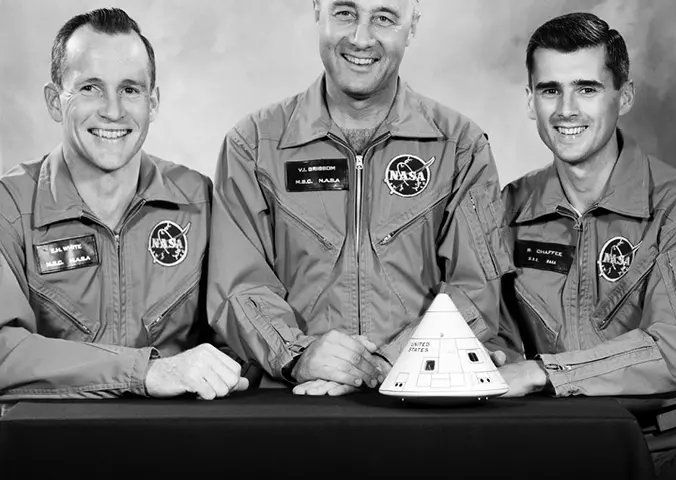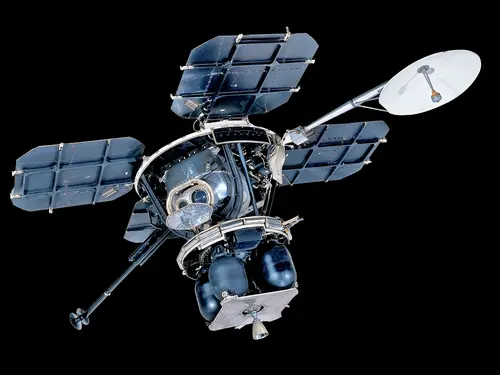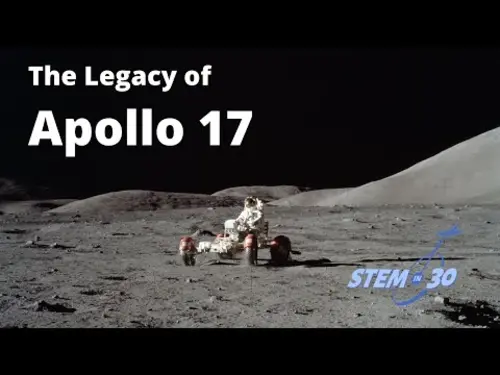
Apollo program
Stories
On demand
From the Collection
Exhibitions
Learning Resources
Activity/Lab
History of Space Food
A very short history of how people eat and what they eat in space.
Grade Level
Grade 5,
Grade 6,
Grade 7, and
Grade 8
Topics
Apollo program,
Human spaceflight,
Life sciences,
Mercury program,
People,
Science, and
Spaceflight
Leader
Student, and
Teacher
Rights
educational-use-permitted
Lecture
What’s New in Aerospace: Pete Conrad and Apollo 12: "If you can’t be good, be colorful."
Join Museum curator Dr. Teasel Muir–Harmony and Nancy Conrad, wife of Apollo 12 commander Pete Conrad and founder of the Conrad Foundation for a conversation about Apollo 12.
Grade Level
Grade 6,
Grade 8,
Grade 9,
Grade 10,
Grades 17-20,
Grades 15-16,
Grades 13-14,
Grade 12,
Grade 7, and
Grade 11
Topics
Apollo program
Leader
Student,
Teacher,
Parent/Caregiver, and
Other
Rights
cc-by-nc
Activity/Lab
My Path: Inspired by Science Fiction and Apollo, Astronaut John Grunsfeld
Astronaut John Grunsfeld shares advice on chasing your dreams and working hard to make them come true.
Grade Level
Grade 5,
Grade 6,
Grade 7,
Grade 8, and
Grade 9
Topics
Apollo program,
Behind the scenes,
Human spaceflight,
People, and
Space stations
Leader
Student
Rights
cc-by-nc
Activity/Lab
Astronaut Training, Moon Mission
This family activity trains you on how to pick up samples of Moon rocks like the Apollo astronauts.
Grade Level
Grade 3,
Grade 4,
Grade K,
Grade 1, and
Grade 2
Topics
Apollo program,
Human spaceflight, and
Moon (Earth)
Leader
Student,
Parent/Caregiver, and
Teacher
Rights
cc-by-nc
Lecture
What’s New in Aerospace: Pete Conrad and Apollo 12: If you can’t be good; be colorful.
Join Museum curator Dr. Teasel Muir–Harmony and Nancy Conrad; wife of Apollo 12 commander Pete Conrad and founder of the Conrad Foundation for a conversation about Apollo 12.
Grade Level
Grade 6,
Grade 8,
Grade 9,
Grade 10,
Grades 17-20,
Grades 15-16,
Grades 13-14,
Grade 12,
Grade 7, and
Grade 11
Topics
Apollo program
Leader
Student,
Teacher,
Parent/Caregiver, and
Other
Rights
cc-by-nc
Activity/Lab
My Path: Inspired by Science Fiction and Apollo; Astronaut John Grunsfeld
Astronaut John Grunsfeld shares advice on chasing your dreams and working hard to make them come true.
Grade Level
Grade 5,
Grade 6,
Grade 7,
Grade 8, and
Grade 9
Topics
Apollo program,
Behind the scenes,
Human spaceflight,
People,
Spaceflight, and
Space stations
Leader
Student
Rights
cc-by-nc



















